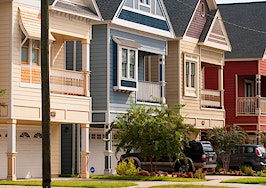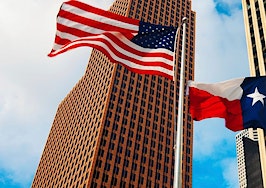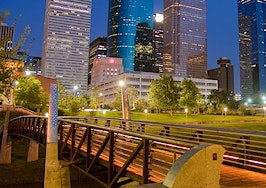- Total earnings within the creative industry totaled $9.2 billion last year.
- The metro's creative workforce nearly totals 180,000 people.
- Non-creative industries like the oil and energy sectors are in need of creative professionals.
Dubbed as an under recognized sector of Houston’s economy, the “creative industry” is primed for growth in the coming years, which could be a good thing for the area’s housing markets.
According to a study commissioned by Houston Arts Alliance, from 2014 to 2019 growth among creative occupations is expected to rise by 10 percent.
This growth would no doubt be beneficial to the city’s overall economy, as in 2014 total earnings within the creative industry totaled $9.2 billion. A 10 percent growth to this figure would equate to $10.12 billion.
The study defines creative-sector industries as those where a creative or artistic element is an integral part of product delivery or a service. Examples include graphic design, record production, architecture, fine arts schools and photography.
The creative economy also includes non-creative supporting jobs within the creative industries, and creative jobs within in non-creative industries. Examples include advertising, film/video production, writing and editorial jobs, which are elemental components of traditional businesses.
“The greatest area of growth since Houston’s creative economy was measured in 2011 has been creatives working in non-creative industries,” the study found, giving the example of a graphic designer working for an oil company.
Spanning 2011 to 2014, Houston’s creative economy grew by 22 percent. Entering this year, the city’s creative workforce included 179,156 people.
According to a recent ranking from SpareFoot, Houston is also a top market for lawyers, as the metro ranked second nationally.









